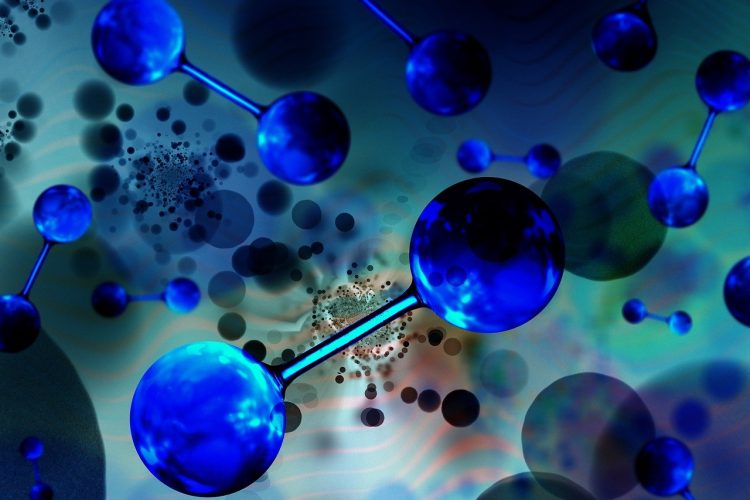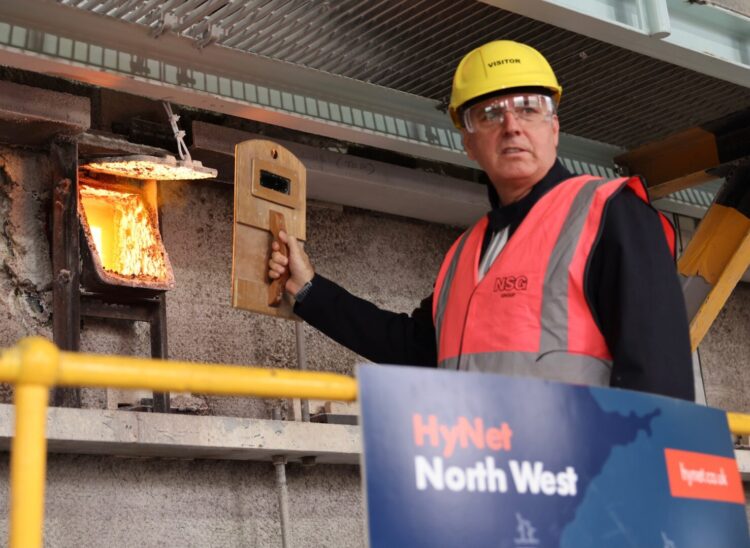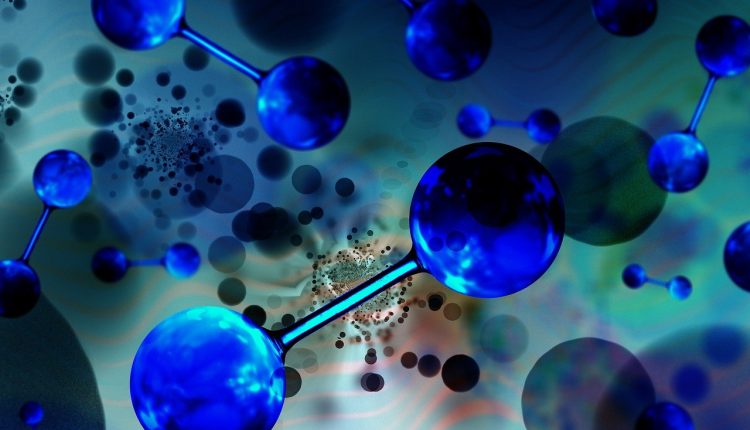Government to invest billions in NW hydrogen hub
On Friday the UK Government is expected to announce £22bn funding for two hydrogen production and carbon capture clusters, one of which is close to the River Mersey – but will it work? Tony McDonough reports

A hydrogen production and carbon capture and storage project close to the River Mersey will receive multi-million pound backing from the UK Government.
HyNet, a consortium set up to produce ‘low carbon’ hydrogen and supply it to factories across the North West, will share £22bn of funding with a similar project in the North East of England. This investment will be spread over 25 years.
Several years in the planning, HyNet has been awaiting an investment decision from the UK Government and now that wait is over with ministers backing the project which is due to come online in 2027.
This multi-billion pound hydrogen production hub will be built at the Stanlow oil refinery in Ellesmere Port, close to the River Mersey. EET Fuels, owner of the refinery, is building its own parallel hydrogen facility that will help decarbonise the site’s operations.
Prime Minister Sir Keir Starmer, Chancellor Rachel Reeves and Secretary of State for Net Zero and Energy, Ed Milligan made the announcement at glass production plant Encirc, which will utilise the hydrogen for its own production.
Delivering HyNet will secure £5 billion of private sector capital and the project wil see the creation of 6,000 construction jobs and long-term operational roles.
HyNet claims it will reduce emissions of carbon dioxide (CO2) produced by industry by up to 10 million tonnes every year – the equivalent to removing four million cars from the road.
Hydrogen produced by HyNet will be so-called ‘blue hydrogen’ that will be piped to factories across the North West. HyNet says on its website: “We have over 40 organisations signed up to decarbonise through HyNet.
“Industry which can switch from the fossil fuels they currently use to a low carbon alternative – hydrogen which has been produced in the North West by EET Hydrogen and distributed by Cadent’s pipeline network.
“We have already run successful demonstrations at Pilkington Glass and Unilever to show how the switch over from natural gas to hydrogen could work.”
Blue hydrogen is produced by burning natural gas which emits CO2, a major contributor to climate change.
However, instead of the CO2 being released into the atmosphere it will be captured by a facility at Stanlow. Italian oil producer Eni will build a pipeline to carry the captured CO2 to be stored in porous rock in depleted gas fields under Liverpool Bay.
There remains significant scepticism about the viability of carbon capture and storage. There are some who believe it simply won’t work and that it is simply a ruse to prolong the use of fossil fuels.
Hydrogen is the most abundant element in the universe. Its potential as a clean source of fuel is immense. The snag is it has to be separated from other elements and that is an energy-intensive process, however you do it.


Some experts question whether projects such as HyNet can achieve the 95% capture rate required to meet stringent Government rules. Hydrogen is set to make a significant contribution to the UK’s net zero target – so the stakes are high.
READ MORE: Stanlow refinery owner secures almost £500m
READ MORE: Consultation begins on £6bn Mersey Tidal Power Project
HyNet is also conducting small pilot schemes to produce ‘green hydrogen’. This uses electricity produced from a renewable source, such as wind or solar, which is then fed through a machine called an electrolyzer. This separates the hydrogen atoms out in water.
From a climate change point of view this is the optimal method for producing hydrogen. However, while its development is progressing, it is a long way from being available or affordable at scale. HyNet’s argument is that ‘blue’ is scaleable now.
David Parkin, Chair of the HyNet Alliance said: “HyNet was formed to meet the demands of industry wanting to decarbonise to deliver sustainable products and compete in the global low carbon economy.
“We need to decarbonise, not by de-industrialising, but by investing in the industries of the future that we rely on for the everyday products in our lives – from the glass bottles we use for our food and drink to the cement we use to build roads and buildings.”

